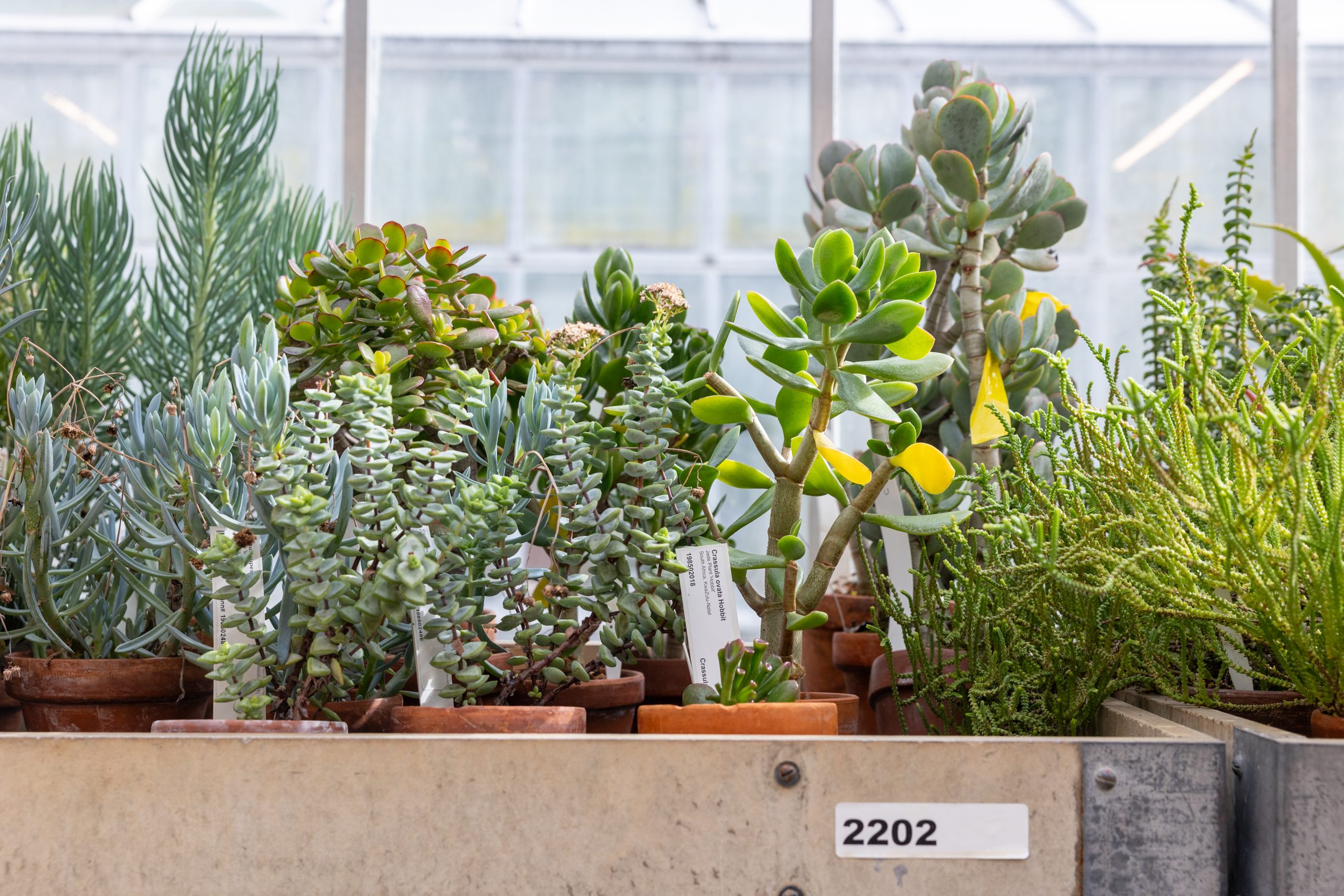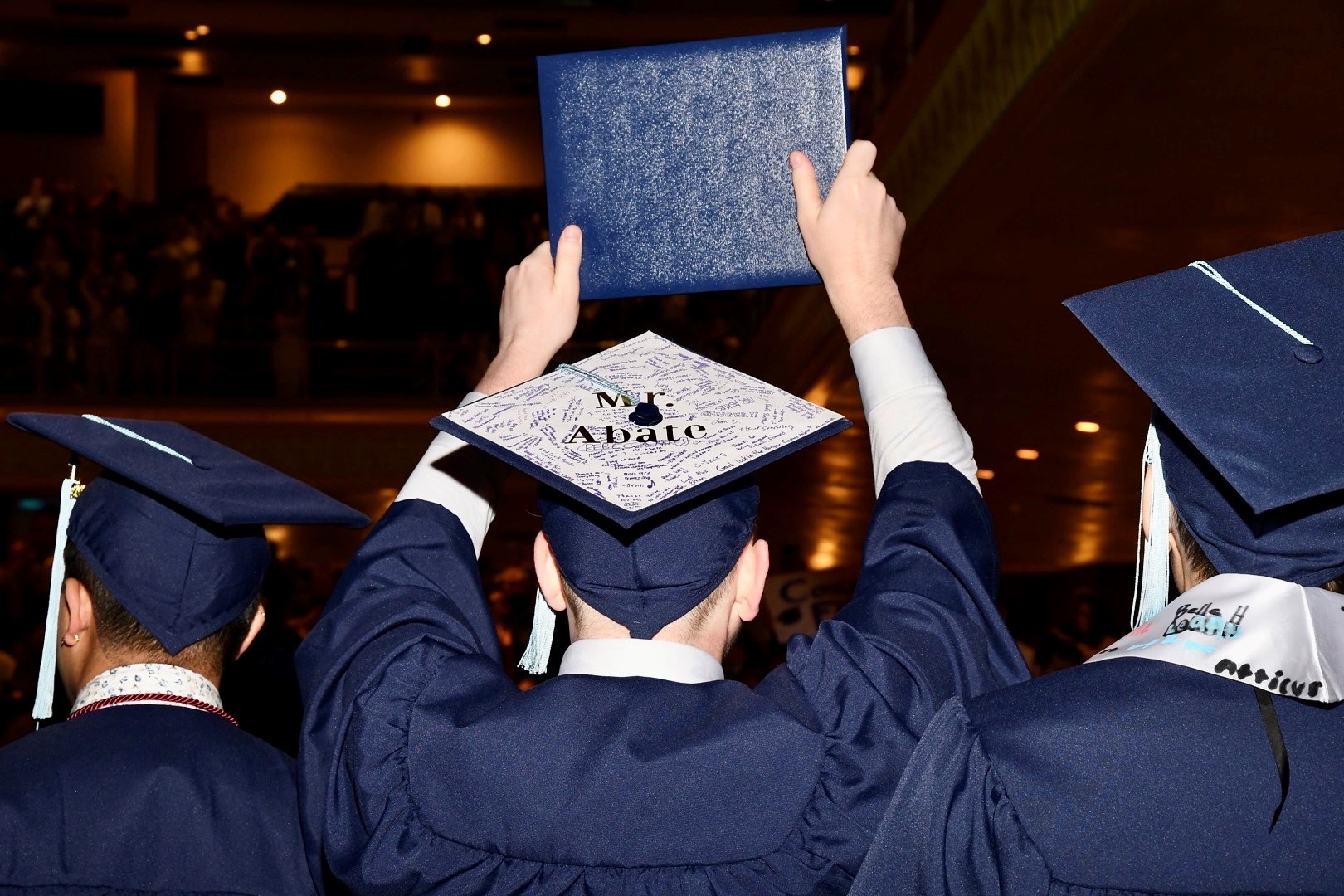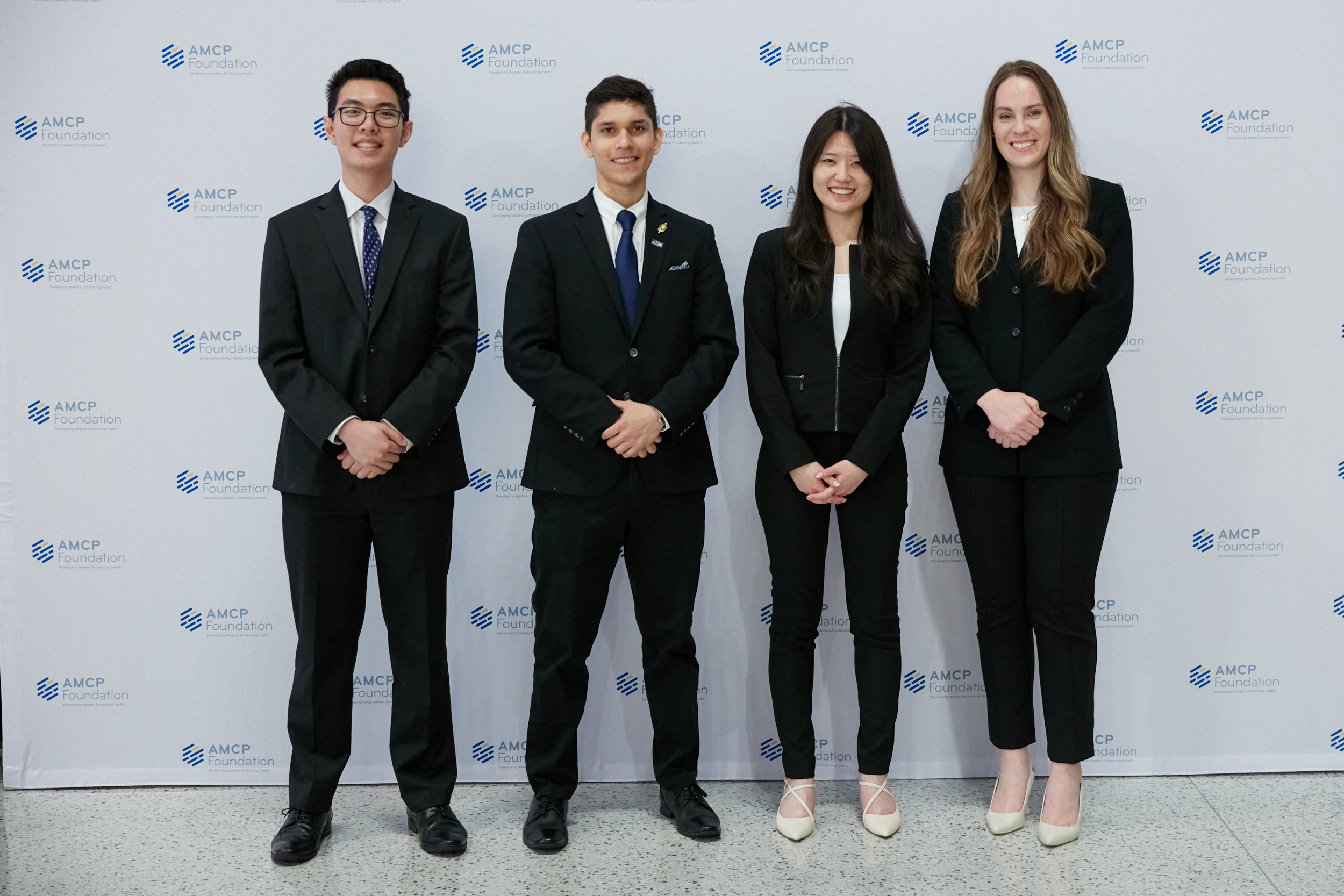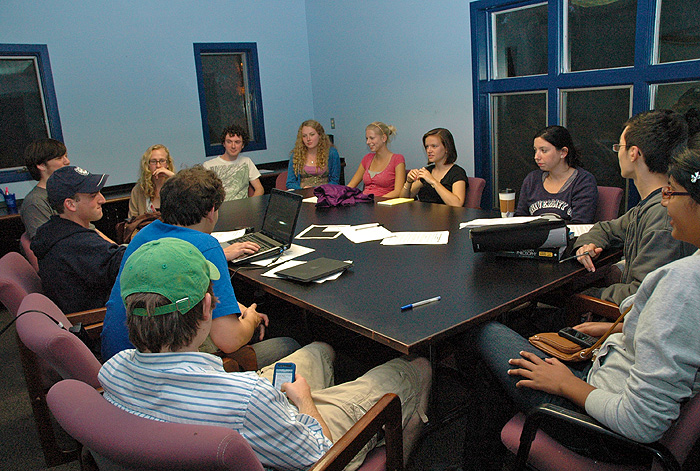
One of the oldest student organizations at the University of Connecticut is the student newspaper. While many in the campus community read the paper each weekday, few are aware of the team of students who dedicate themselves to the production of the publication.
The Daily Campus traces its roots to the journal, The Lookout, which began publication in 1896 at Storrs Agricultural College.
Today, The Daily Campus continues to cover stories about student life, academics, athletics and popular culture. Fees from advertising and student activities fund its production, which allows for the distribution of free copies throughout the Storrs campus.
The collaborative and collegial atmosphere of the student newspaper supports young reporters as they learn from more experienced students how to write news, develop opinion pieces, and consistently produce a quality newspaper.
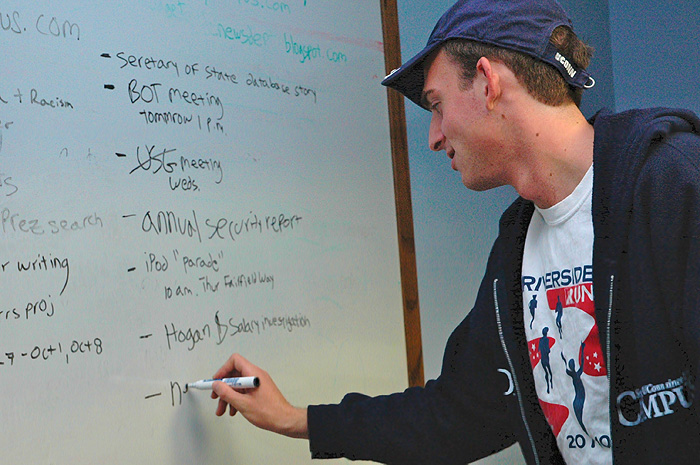
From ideas to implementation
The process of creating an edition of the paper starts when the writers gather at The Daily Campus headquarters (located next to Buckley Hall) to go over that week’s story ideas. Stories cover student clubs and sports, upcoming campus events, academics, and administrative changes at the University, as well as Connecticut, national, and world news. Senior writers have the first pick of stories; then the newer writers volunteer to cover the remaining topics.
Writers also contribute their own story ideas, so that new items are considered for inclusion in each section of the newspaper’s ‘budget’ – the list of possible stories, reporters’ and photographers’ assignments, and when the articles will appear in print.
Editors meet twice weekly to review the various sections’ budgets, to prevent possible topic overlap. They also help the writers by suggesting who to contact and framing the context of the story so that a fresh viewpoint engages readers. Ideas for news stories are drawn from the University’s events and news websites, the reporters’ own experience and involvement, and national news media.
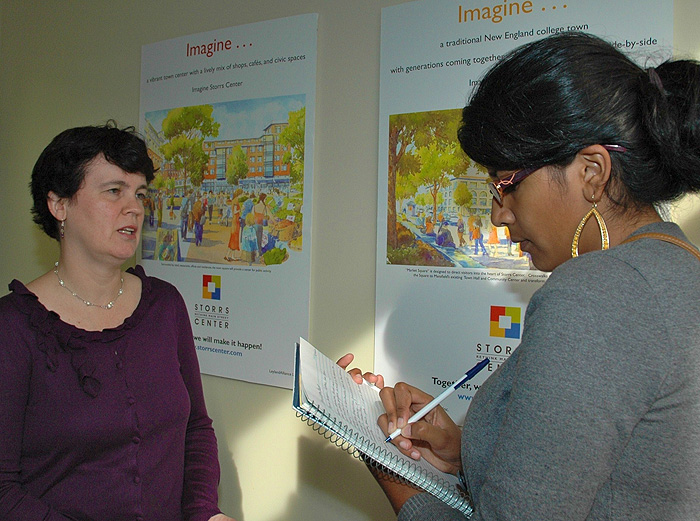
“I joined the DC staff because I wanted to get involved with media on campus,” says Hina Samnani, a sophomore majoring in finance who has written for The Daily Campus for two years. “I have always wanted to write for a school newspaper, but at my high school, you had to take a class in order to join, so I didn’t get a chance to write for one until I came to UConn.
“I’ve learned many things, such as how to write a good news article, how to design the paper, and how to find good quotes,” Samnani adds. “Working for The Daily Campus will definitely help me in the future, because it has improved my writing skills and has enabled me to look at current events and see the way the news is being portrayed.”
Other students match their passions with the types of stories they cover. Daniel Agabiti, a sophomore majoring in journalism, joined The Daily Campus as a reporter in his freshman year.
“I like sports, and writing about athletics combines my major interests and it’s a blast,” says Agabiti. “Usually two people cover the game. One of us writes ‘the gamer’ – which is a piece about the sport itself. The other person writes ‘the notebook’ – which outlines what happened at the game: who scored, passed, fouled …”
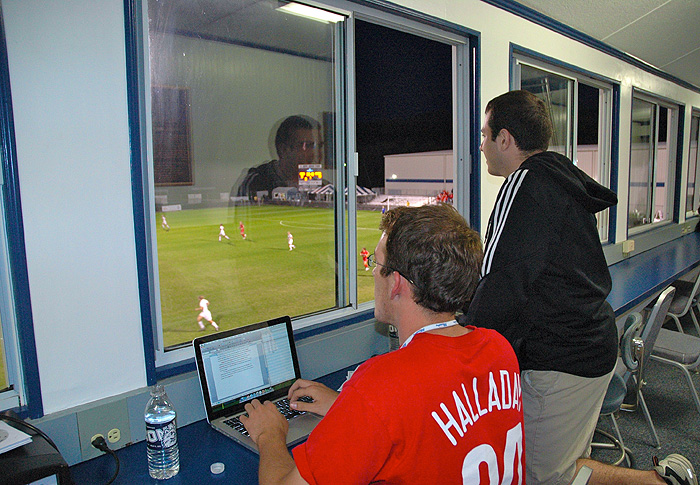
Daily Campus sports writers cover the same sport all season, so they get to know the players and the coaches. While sitting in the press box, they meet other newspaper writers who also cover UConn athletics.
The Daily Campus is truly a student publication, with student workers setting the agenda, taking responsibility for content, and managing day-to-day operations. A business office and a non-student financial manager provide fiscal support for the publication. The University’s administration does not interfere with the content of The Daily Campus, so that the student staff take ownership and are answerable to their readers.
Developing skills
A team of editors (managing, associates, and editor-in-chief) guides The Daily Campus’ design and story coverage. Most students start out as cub reporters/photographers, earning $10 per story or photo, and move up in rank as their skills mature and they accrue longevity of service. UConn’s journalism majors are required to take a course on Law of Libel, to understand the protections afforded the press, and what responsible reporting entails. Editors who take the class share this critical information with other editors and writers.
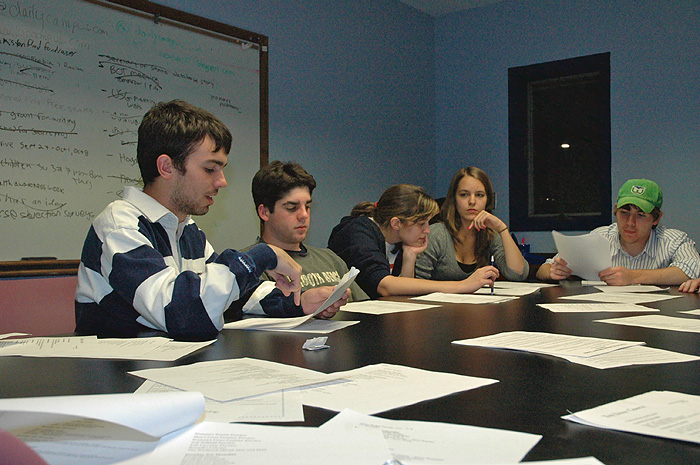
Photographers join The Daily Campus with differing levels of experience. Students learn how to use the newspaper’s photography equipment, techniques for taking compelling photos, and desktop editing programs to enhance their pictures.
The Daily Campus’ mix of staff stories, AP news, and stories from other college newspapers, follows the same pattern of a city paper – a combination of local, national and world news to keep readers interested and informed. Like other city newspapers, The Daily Campus has expanded its format to include a website, and Twitter and Facebook accounts.
The same presses used by The Willimantic Chronicle, a newspaper covering eastern Connecticut, print the 8,000 copies of The Daily Campus, and student drivers deliver the newspaper to residential halls, academic buildings, and the Student Union on weekdays during academic semesters.
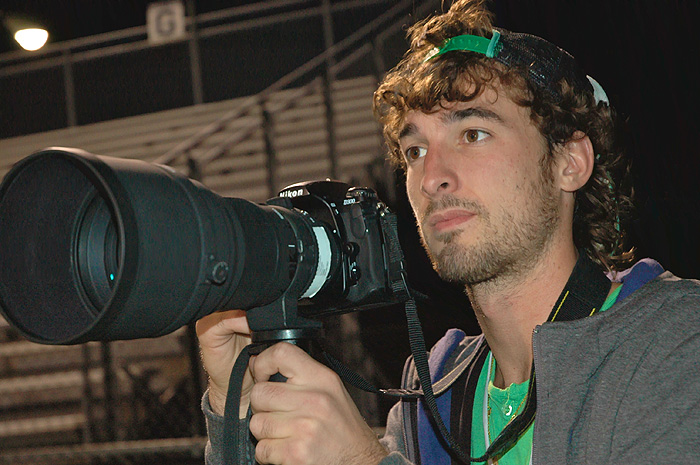
All Daily Campus editors take turns with copy editing and design. Writers and photographers hand in their copy by 2 p.m. the day before the story is to appear in the paper. Late breaking stories may not make it in until closer to press time.
The copy editors work in two shifts. Following the Associated Press style, the copy editors help unify the paper’s tone from story to story.
“The hardest part of copy editing is helping an inexperienced writer maintain their own voice and not inserting my style into their piece,” says Melanie Deziel, a junior majoring in journalism and associate editor for the Focus section.
While journalism is a common major among The Daily Campus staff, all writers and editors hone their skills by working day-to-day on stories.
“Working for The DC is more than a hobby,” says Deziel. “You develop friendships. You get to help people, and afterwards you can see your work and theirs in the finished product. Most of us have similar goals, so we have a lot in common.”
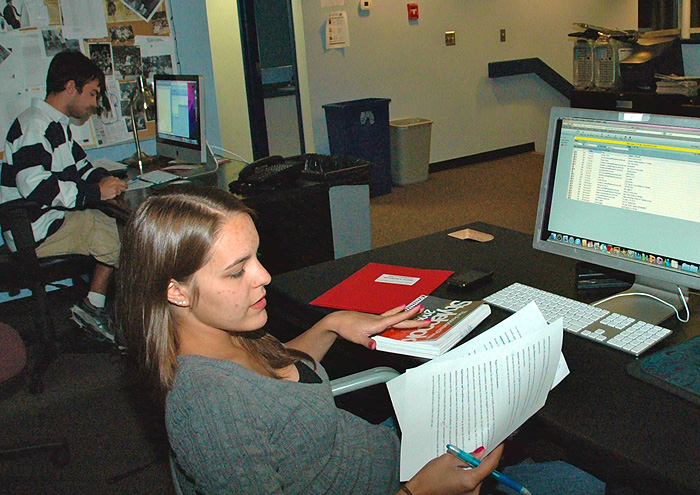
Deziel says she is concerned about the shrinking number of printed newspapers.
“I worry about it every day,” she says. “There are online papers, but I still like reading an actual newspaper. But just in case newspapers fold, I am also learning about magazine writing to expand my skills.”
Making the pieces fit
In fall 2009, the newspaper’s Board of Directors tapped John Kennedy, a senior majoring in journalism and English, to take the helm of The Daily Campus.
Kennedy counts being selected as editor-in-chief among his proudest college achievements. The role requires sharp writing and managerial skills, and he uses these to shape The Daily Campus by maintaining professional newspaper standards while allowing the staff to grow by trying new things.
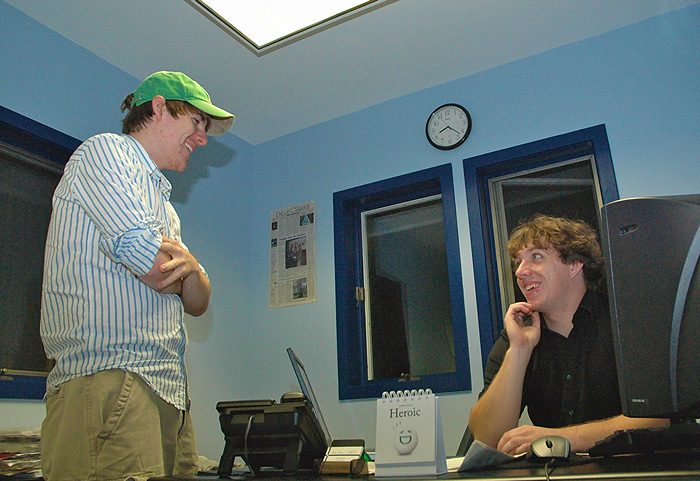
“Writing or reading a really well-written news story, where the lead asks a question and the body [of the story] answers it, is so satisfying,” says Kennedy.
Yet as editor-in-chief, Kennedy doesn’t write as much as he did as a reporter. “Being editor-in-chief is satisfying on a different level,” he says. “Each paper is like a big puzzle, and putting it together means making all the pieces fit. Teaching writing style and how to interview people helps me contribute to the paper overall.”
The Daily Campus staff includes several editors, approximately 20 writers per section, 15 photographers, and the business department. Effective management of this group necessitates finding ways to coordinate and motivate a diverse group of students.
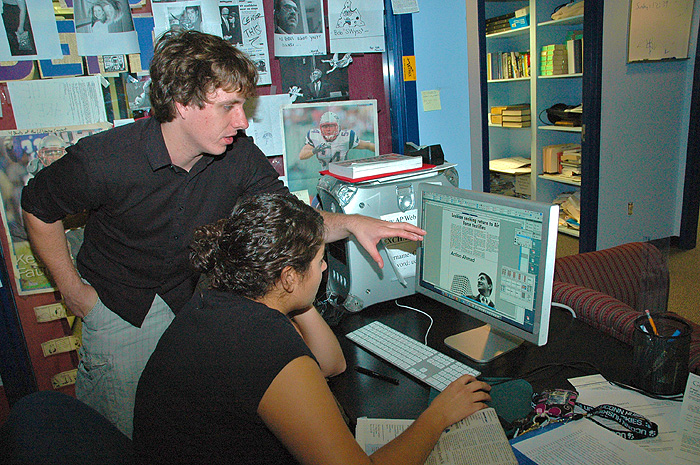
“Organizing the writers and photographers and having them come in to put in their time is an on-going challenge,” Kennedy says. “We are all involved with other organizations outside of the paper, so we fit our schedules around the paper, which has a deadline every weekday night.”
Assisting Kennedy is managing editor, Russell Blair, a senior majoring in political science and journalism, who provides final editing and polish to stories and pages after they have been designed.
Every piece of content is reviewed at least once by Blair. “My goal for each paper is to try to make it better than the previous day’s,” he says. “We have the unique ability to rectify any mistake or lack of judgment by striving to put out a better paper the next day. It’s a learning process, and we learn a lot by seeing our product on campus each and every day.”
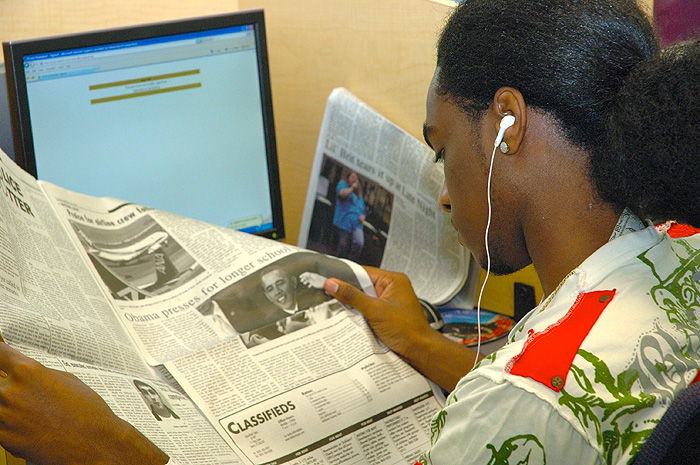
“Some people like us, and some people don’t, but I don’t think most people know how much work actually goes into putting out a newspaper every day,” says Kennedy. “For a lot of us, we’re continually on the job, whether we’re in the office or not.”
The rapidly changing media industry presents new challenges to traditional print publications. The strong foundation The Daily Campus staff develop through writing, editing, and managing a daily newspaper prepares them well to adapt their journalistic talents for a brave new communications world.
